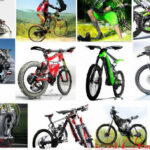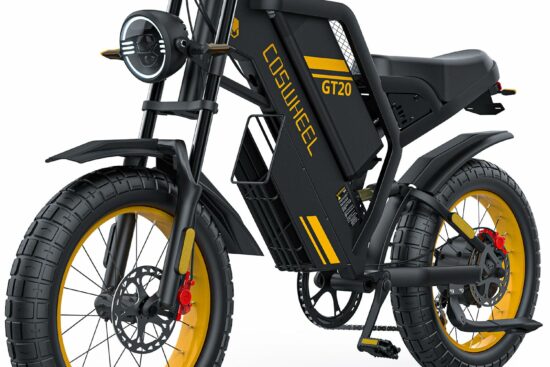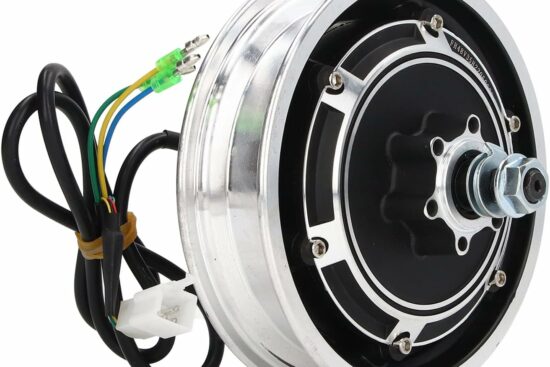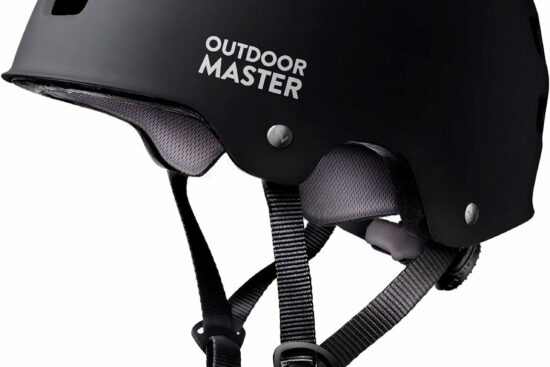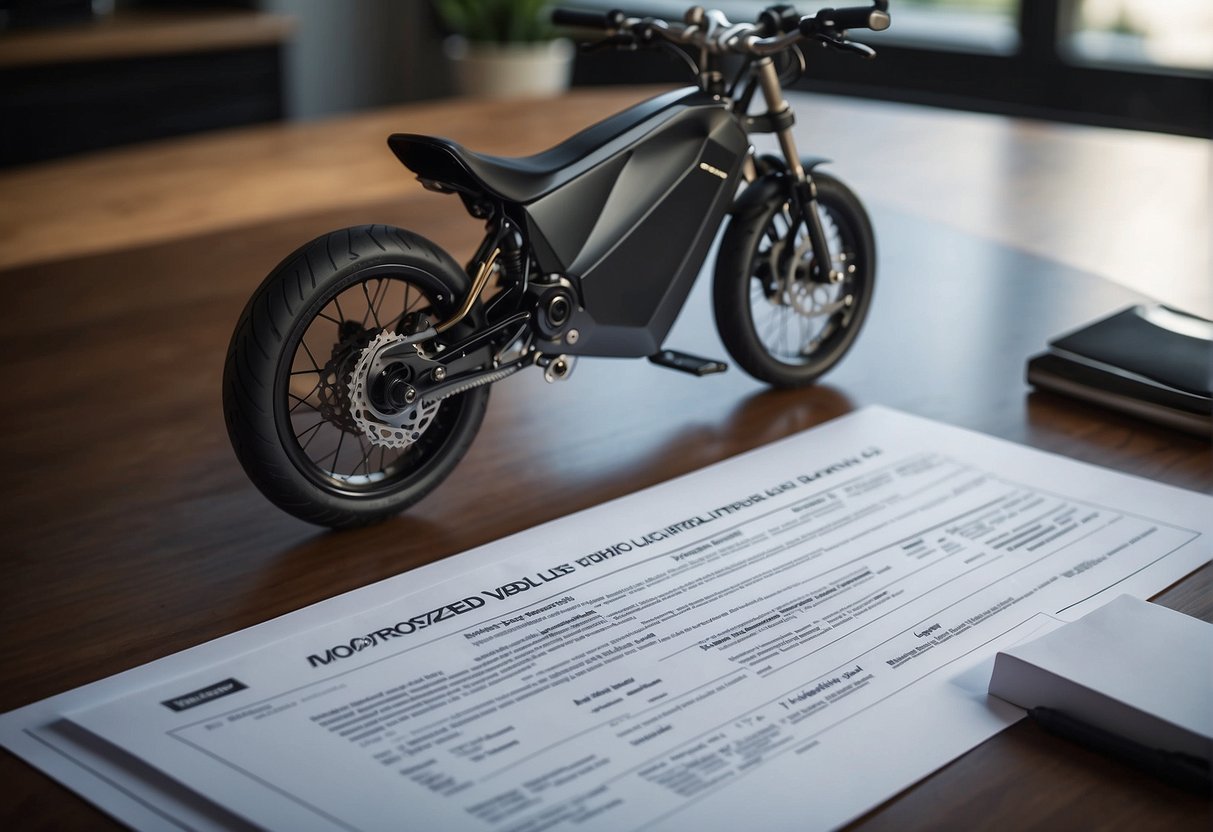
Legal Classification of Electric Bikes
The legal classification of electric bikes (e-bikes) varies depending on federal guidelines and individual state laws, with important distinctions in licensing, registration, and safety requirements across the United States.
Federal and State Regulations on E-Bikes
Federal law defines a low-speed electric bicycle as a two- or three-wheeled vehicle with fully operable pedals and an electric motor of less than 750 watts (1 h.p.), which cannot exceed a speed of 20 mph on a paved level surface. This classification generally includes Class 1 and Class 2 e-bikes, which offer pedal-assist and throttle-assist up to 20 mph, respectively. Conversely, Class 3 electric bicycles, capable of reaching speeds up to 28 mph, are subject to different regulations which can vary by state.
Although the Consumer Product Safety Commission (CPSC) manages the safety standards for e-bikes at the federal level, states have the authority to regulate the operation of e-bikes. State laws may require different levels of compliance for e-bikes compared to traditional bicycles, mopeds, or scooters.
Licensing and Registration Requirements
In some states such as Alabama, an e-bike is considered a “motor-driven cycle” and requires operators to have a valid driver’s license and meet specific registration requirements. Licensing could involve a traditional driver’s license or a specific moped or motorcycle endorsement.
But not all states require licensing. For instance, riders of e-bikes in Rhode Island do not need to register their vehicles as long as they comply with the power output and speed regulations stated. These variances underscore the importance of understanding state-specific e-bike laws.
Safety Standards and Helmet Laws
Safety standards for e-bikes typically revolve around equipment requirements such as lights, reflectors, and, in some cases, helmets. Helmet laws differ by state and often depend on the rider’s age and the class of e-bike being operated. Class 3 electric bicycles, for example, might mandate helmet use for all riders, whereas Class 1 and Class 2 might only impose this requirement on minors.
States might also implement safety standards that align more closely with those of motor vehicles, especially for high-powered e-bikes with throttle capabilities. This may also affect e-bike riders’ need for insurance, which can be obligatory in certain jurisdictions.
For current and potential e-bike riders, staying informed about the evolving regulatory landscape is crucial for compliance and safe operation of their vehicles.
Operating Electric Bikes on Public Roads and Trails
Electric bikes, or e-bikes, straddle the line between motorized vehicles and traditional bicycles. While they offer pedal assistance, various jurisdictions may have their own specific regulations that pertain to their use on public roads, bike paths, and trails. These regulations often address speed limits, the necessity of helmets, and where e-bikes can be legally ridden.
Rider Responsibilities and Road Etiquette
Riders of electric bikes are expected to adhere to certain responsibilities similar to operators of motor vehicles. This includes obeying traffic signals, signage, and adhering to the same speed limit as traditional bicycles. Helmets are typically recommended, and in some areas, required, especially for riders below a certain age. Courtesy such as signaling turns is also part of responsible road etiquette to ensure safety for everyone on the road.
Trail and Bike Path Accessibility
E-bike accessibility on trails and bike paths varies by location. Many areas allow e-bikes on bike paths, yet they are often subject to speed limits to maintain safety for all path users. On trails, particularly those on federal lands, e-bikes may be restricted to protect natural surfaces. E-bikes are typically not allowed on sidewalks, emphasizing the need for clear understanding of where these bikes can operate legally and safely.
Interaction with Motor Vehicles and Traditional Bicycles
The interaction of e-bikes with motor vehicles and traditional bicycles hinges on the recognition of e-bikes as a distinct category. E-bikes generally have the right to use roadways, sharing lanes with motor vehicles. However, due to differences in speed and mass, riders must be vigilant to avoid accidents. When sharing paths with traditional bicycles, e-bike riders should be mindful to match the flow of bike traffic, particularly in crowded or narrow spaces.
Technical Aspects and Performance of Electric Bikes
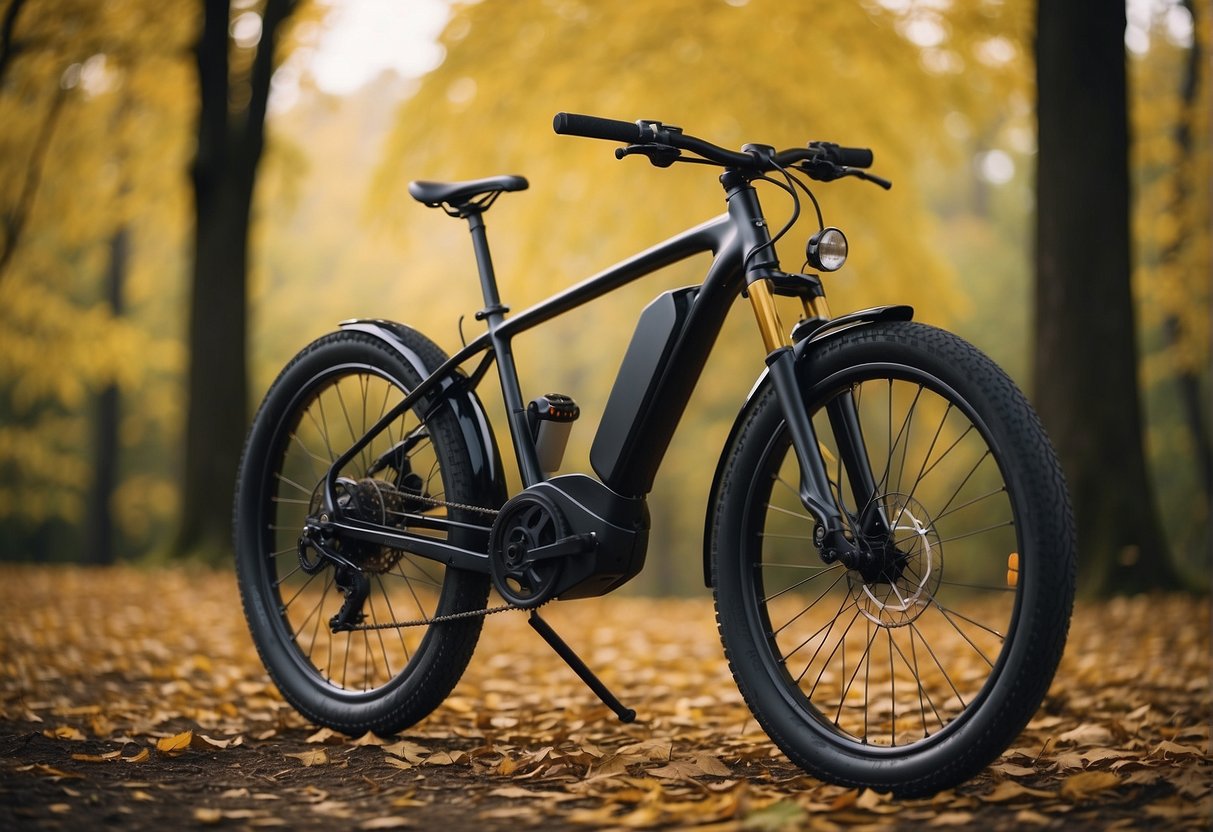
Understanding the technical aspects and performance characteristics of electric bikes (e-bikes) is essential for determining their classification concerning motorized vehicles.
E-Bike Classes and Motor Specifications
E-bikes can be categorized into three classes based on their motor capabilities and how the motor assists the rider. Class 1 e-bikes are equipped with a motor that provides assistance only when the rider is pedaling, and ceases to assist when reaching a top speed of 20 mph. Class 2 e-bikes feature a throttle-operated motor, which can also propel the bike without pedaling, but similarly has a maximum speed of 20 mph. Class 3 electric bicycles provide pedal-assist up to 28 mph, with some jurisdictions requiring a speedometer and often being limited to road or private property use.
Pedal-Assist and Throttle Features
With pedal-assist systems, riders are supported by the electric motor as they pedal, which allows for a more intuitive biking experience and can promote exercise. The level of assistance is typically adjustable, providing riders with the ability to control the amount of effort required. On the other hand, throttle-controlled e-bikes offer an experience closer to that of a motorcycle, where the motor can fully propel the bike without the need for the rider to pedal, essentially offering a ‘twist-and-go’ functionality.
Speed Limits and Power Output
The speed limits and power output of an electric bike’s motor are significant factors that determine whether it is considered a motorized vehicle. Most jurisdictions deem an e-bike’s electric motor to have a power output of less than 750 watts, and a maximum speed that does not exceed 20 mph when powered solely by the motor to not qualify as a motorized vehicle. This distinction helps in preserving the safety of both the rider and those around them, as higher speeds and power output could necessarily require different regulations and pathways, akin to those for traditional motorized vehicles like cars and motorcycles.
Frequently Asked Questions
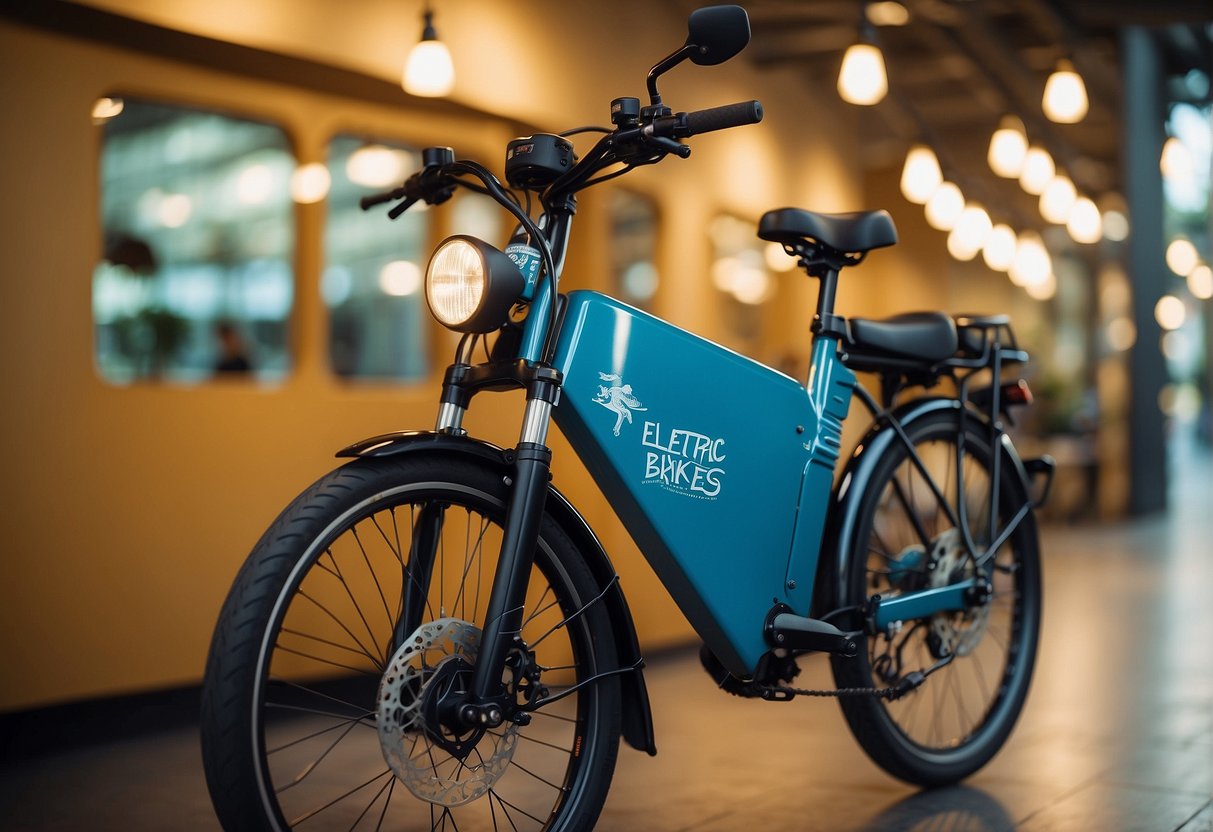
Determining whether electric bikes are considered motorized vehicles involves understanding specific regulations and recognizing the diversity in state laws. These FAQs tackle the most common inquiries related to the legal status and requirements for e-bikes.
What defines a motorized vehicle under federal e-bike regulations?
Federal law in the United States categorizes electric bicycles (e-bikes) differently from motorized vehicles. To not be considered a motorized vehicle, an e-bike must have operable pedals, an electric motor that does not exceed 750 watts, and a top speed of 20 mph on a paved level surface when powered solely by the motor.
Do Class 1 and Class 2 electric bikes require a driver’s license to operate?
In most states, Class 1 and Class 2 electric bikes, which are pedal-assist or have motors that provide assistance only up to 20 mph, do not require a driver’s license to operate. They are typically treated similarly to traditional bicycles.
Are there age restrictions for riding electric bikes in most states?
Yes, some states impose age restrictions for riding electric bikes. The specifics can vary, but it’s common for states to require riders of certain e-bike classes to be at least 16 years old.
How do state laws vary in classifying electric bikes as motor vehicles?
State laws can vary significantly when it comes to classifying electric bikes. For instance, in Alabama, electric bikes are considered “motor-driven cycles” and are subject to different rules compared to traditional bicycles, including licensing and registration requirements.
What licenses are needed to operate an electric motorcycle in New Jersey?
In New Jersey, an electric motorcycle—which is different from an e-bike—requires a motorcycle license to operate. The rider must follow the same regulations that apply to standard motorcycle operation.
Which e-bike brands are known for their reliability and compliance with laws?
Several brands are recognized for their reliable e-bikes that comply with prevailing laws. However, the actual brands may vary based on the specific regulations of the area where they’re sold and used.



